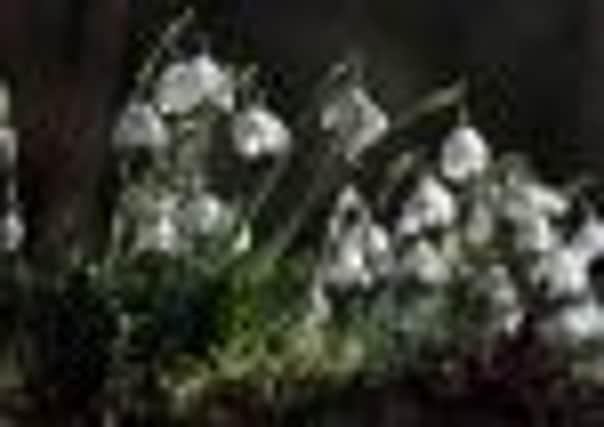Snowdrops and daffs coming out as nature thinks it’s spring


The Woodland Trust, which manages Nature’s Calendar, a scheme that records signs of the changing seasons, said it already had reports of snowdrops and daffodils in bloom and silver birch, oak and hazel buds bursting.
The National Trust said fields were very green in comparison to last year, when they had suffered extensive frost damage.
Advertisement
Hide AdAdvertisement
Hide AdNational Trust conservation adviser Matthew Oates said: “After two cold winters, we’ve reverted back to the modern trend of mild, wet winters.
“If you look closely in woods, valleys, stream-sides and south facing slopes in particular, there are features of late January and early February everywhere.”
In Devon, hazel catkins were out on Christmas Day, at least two weeks early, while snowdrops have been seen, including in the Lake District, well ahead of their normal late January or early February emergence.
Lesser celandine, which normally starts to flower in late January, and cowslips are in bloom near Bristol, while in south Devon red campion is flowering.
Advertisement
Hide AdAdvertisement
Hide AdBirds including robins, song thrushes and mistle thrushes are already singing while wood pigeons are attempting to breed.
Mr Oates urged people who wanted to visit gardens to see snowdrop and aconite displays not to leave their trips until February as they may miss them.
The Woodland Trust urged the public to report sightings of spring, such as the flowering of lesser celandine and snowdrops.
According to records there were just four air frosts in the last three months of 2011, compared to 35 in 2010.